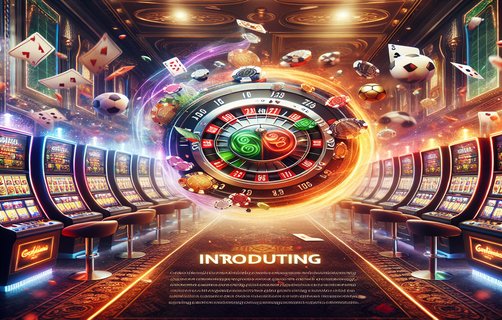Comprehensive Analysis of Poker Machines and Associated Elements
Poker machines, also known as slot machines, are a popular form of gambling found in casinos worldwide. They offer a simple yet engaging way to play, combining elements of chance with varying degrees of game strategy. In our analysis, we will cover several facets of the poker machine industry, including high roller bonuses, the regulatory framework imposed by the Malta Gaming Authority (MGA), leaderboards, counter-strategies employed by players, user experience topics, poker table position strategies, and problem gambling statistics.

High Roller Bonuses are incentives designed to attract gamblers who are willing to wager large sums of money. These bonuses typically offer better odds, higher payouts, or exclusive access to certain games and tournaments. For casinos, high roller bonuses can be an effective marketing strategy to entice wealthier individuals into their establishments. Detailed data analysis indicates that these players tend to spend significantly more on gaming, which justifies the cost of such incentives. Tracking high roller bonuses also allows casinos to analyze player behavior and adjust their marketing techniques accordingly.

The Malta Gaming Authority plays a critical role in the regulatory landscape for poker machines and other gambling forms. Established to regulate the online gambling sector, the MGA ensures that operators adhere to fair play and responsible gaming practices. This authority is pivotal in overseeing licensing for gaming companies, maintaining high standards of integrity, and fostering growth in the gaming industry. Data analysis can be performed on the effectiveness of these regulations, examining factors like player trust, compliance rates, and the percentage of operators that adhere to responsible gaming codes.
Leaderboards are another engaging aspect of poker machine gaming that enhance competition among players. Many online casinos provide leaderboards that track player performance, rewarding top scorers with prizes or bonuses. An analysis of leaderboard dynamics reveals that they not only increase player engagement but also serve as a marketing tool to draw new players. By observing the behaviors of high-ranking players through focused analytics, operators can identify the features that are most appealing and replicate these successes in their offerings.
Counter-strategies involve tactics players may employ to maximize their odds and mitigate losses while playing poker machines. Players often study machine payout percentages, game volatility, and session timing to formulate their approach. The effectiveness of these counter-strategies can be evaluated through statistical modeling to forecast outcomes in different gaming scenarios. This analysis can be beneficial for both players looking to sharpen their strategies and casinos aiming to anticipate changes in player behavior.
User Experience Topics also warrant consideration. Elements such as game design, accessibility, and customer support drastically influence a player's interaction with poker machines. Casino operators must conduct quantitative analyses to gauge player satisfaction and engagement. Surveys that compute metrics like Net Promoter Score (NPS) and Customer Satisfaction Score (CSAT) can provide insights into user experience and help identify areas needing improvement.
Poker table position strategies can significantly affect game outcomes in live poker games, impacting player interaction and betting decisions. Strategic analysis of table positions reveals a pattern in betting behavior and outcomes, enabling players to optimize their game strategy based on their seating. Different positions hold varying levels of influence, making it critical for players to understand these dynamics for improved decision-making.
Lastly, understanding problem gambling statistics is essential for promoting responsible gaming. Data shows alarming trends, including the prevalence of gambling-related issues, particularly among younger demographics. Collecting and analyzing this data can inform regulatory policies and responsible gambling initiatives, making it a valuable area for both gaming companies and legislative bodies to focus on.
In conclusion, the multifaceted nature of poker machines and the surrounding components offer ample grounds for comprehensive analysis. By utilizing data analysis techniques, stakeholders can enhance their understanding of market trends, user behaviors, and regulatory impacts, leading to more informed decision-making both in the promotion of gambling and ensuring sustainable gaming practices.
